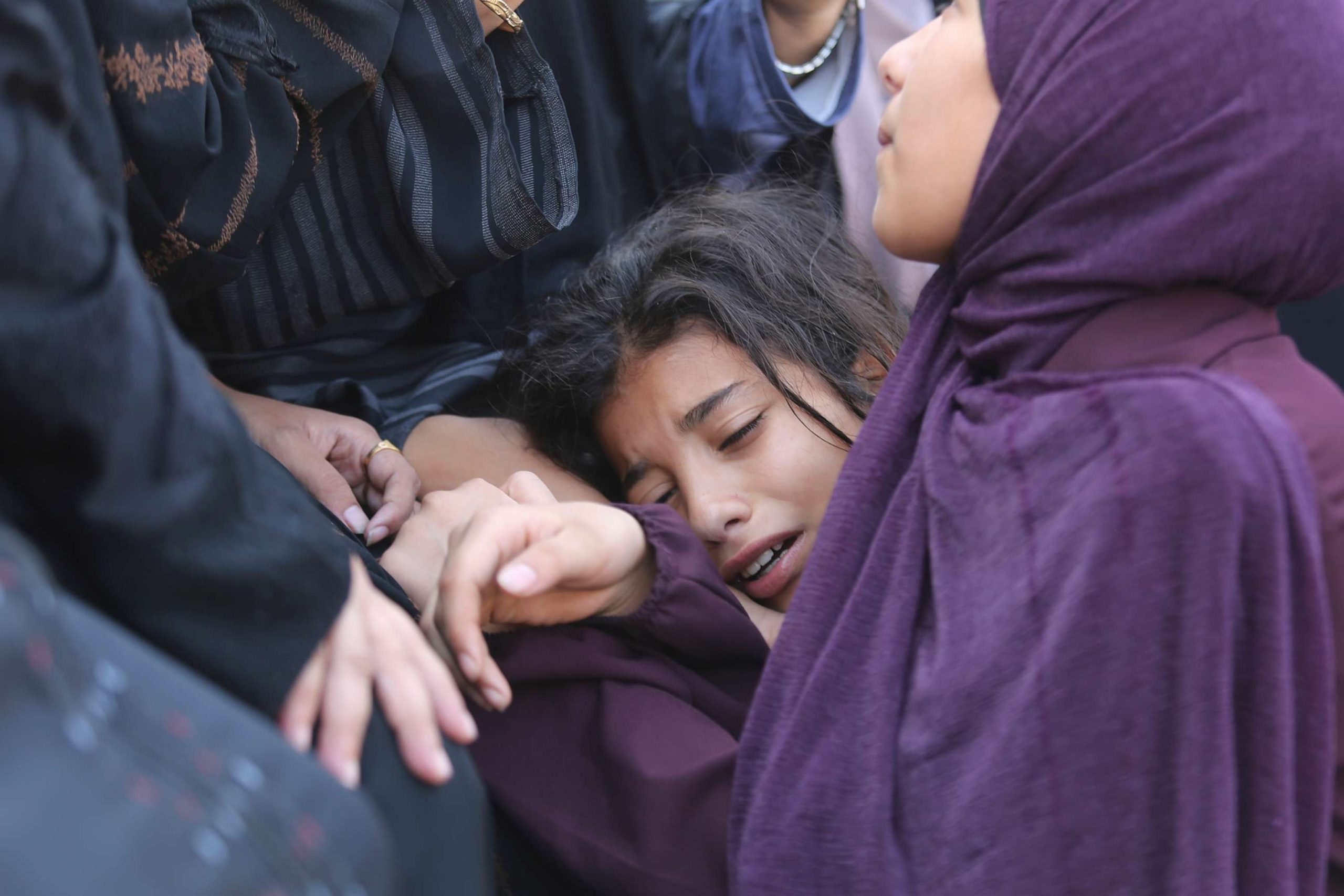The Israel-Gaza conflict has been a long-standing and deeply rooted issue, causing immense suffering and devastation for both Israelis and Palestinians. However, one of the most disturbing aspects of this conflict is the impact it has on children. Innocent and vulnerable, children are often the ones who bear the brunt of the violence, leaving them traumatized and with long-lasting emotional and physical scars.
In Gaza, where the conflict is most intense, children are growing up in an environment of constant fear and uncertainty. They witness bombings, airstrikes, and the destruction of their homes and schools. The loud sounds of explosions and the sight of bloodshed become a part of their daily lives. This exposure to violence has severe psychological consequences, leading to anxiety, depression, post-traumatic stress disorder (PTSD), and other mental health issues.
According to a report by Save the Children, more than 1,000 children were killed during the 2014 Israel-Gaza conflict, while thousands more were injured. The report also highlighted that over 373,000 children in Gaza were in need of immediate psychosocial support due to the trauma they experienced. These numbers are alarming and demonstrate the urgent need for intervention and support for these young victims.
The impact of the conflict on children’s education is another distressing reality. Schools are often targeted or used as military bases, forcing children to miss out on their right to education. According to the United Nations Relief and Works Agency for Palestine Refugees (UNRWA), during the 2014 conflict, 252 schools were damaged, and 26 were completely destroyed. This disruption in education not only hampers their academic progress but also robs them of a sense of normalcy and stability.
The lack of access to basic necessities such as clean water, food, and healthcare further exacerbates the suffering of children in Gaza. The ongoing blockade imposed on Gaza severely restricts the flow of goods and services, leaving children vulnerable to malnutrition and preventable diseases. The World Health Organization estimates that over 90% of the water in Gaza is unfit for human consumption, leading to a rise in waterborne illnesses among children.
In Israel, children also face the consequences of living in a conflict zone. The constant threat of rocket attacks and the need to seek shelter at a moment’s notice create a sense of insecurity and fear. Moreover, the conflict perpetuates a cycle of hatred and animosity, which can have a profound impact on children’s attitudes and beliefs, hindering their ability to foster peaceful coexistence in the future.
Efforts are being made by various organizations to address the needs of these affected children. NGOs like Save the Children, UNICEF, and the International Committee of the Red Cross provide psychosocial support, medical aid, and educational programs to help children cope with the trauma they have experienced. However, these efforts are often hindered by the ongoing conflict and limited resources.
To break this cycle of violence and protect the well-being of children, it is crucial for all parties involved to prioritize their safety and well-being. This includes ensuring access to quality education, healthcare, and psychosocial support services. Additionally, steps must be taken to address the root causes of the conflict and work towards a peaceful resolution that guarantees the rights and safety of all children in the region.
The impact of the Israel-Gaza conflict on children is a disturbing reality that demands immediate attention and action. The international community must come together to protect these innocent lives and provide them with the support they need to heal, recover, and build a better future. Only then can we hope to break the cycle of violence and create a more peaceful world for generations to come.



